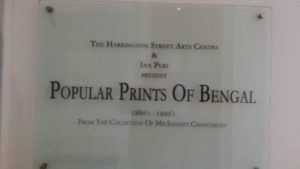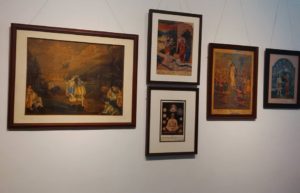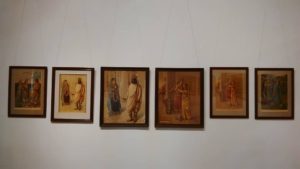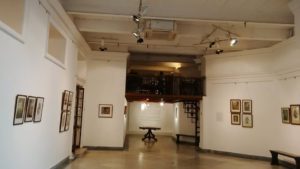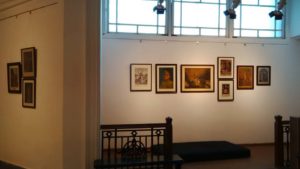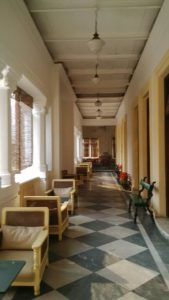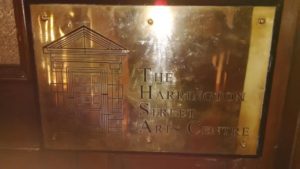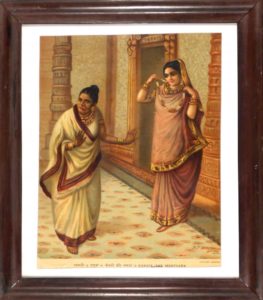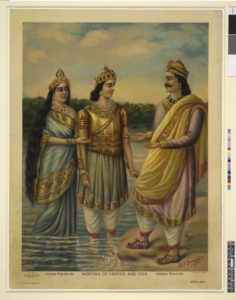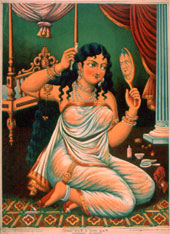“It Is An Exciting Age”

Over a decade ago I did a regular column for Business World. It was on the business of publishing. Here is the original url.
***
Professor Werner Rebsamen always wanted to see “the other sides of the mountains”. His luck came, when he was picked from over 50 candidates to work as a master bookbinder in the US. Binding gilded Bibles in leather required the highest skills. In 1973 he set-up the first in-line printing and hardcover book binding system. He became a professor at the Rochester Institute of Technology (RIT) teaching all aspects of print-finishing. In his 26 years at RIT, together with graduate students, he conducted many research projects, industry seminars and received a patent for a lay-flat binding method. In 1994, he received the Technical Leadership Award from NAPL, the “Oscar” of the Graphic Arts industry. Being “retired” since 2001, Rebsamen is still active as a trade consultant and as technical director of HBI (Hardcover Binders International). But whenever he finds time, in winter, he enjoys downhill skiing, during other times gardening, sailing and travelling around the world. His slogan: “The one who shares knowledge learns the most!” In an interview with Jaya Bhattacharji Rose, the veteran bookbinder talks about his journey through the trade, the innovations that have taken place over the years as well as the challenges traditional printers and binders face with the advent of e books.
How and when did you decide to enter the trade of bookbinding?
In 1950, when I was 14 years old. That is the age in Switzerland when most of us had to decide on a career. My father was a plant superintendent of the largest trade bindery in the country. He tried to talk me out of becoming a bookbinder, citing “too many headaches etc.” Out of our class of 48, only two were allowed to go to the university (paid by the government) All others were sent to trade schools. After you earn a journeyman degree, you work for a living and attend the evening schools, go for your master. That takes over five years.
You are credited with a lot of innovations in this field. One of the most important ones has been to introduce mechanisation in book-binding in the 1970s.
Most likely, your question makes a reference to setting-up the world first fully automated book manufacturing facility, printing and hardcover binding 70 books a minute. But throughout my career, I have always looked at various tasks and asked myself, is there a better way to do this? I “invented” many items, especially in the manufacture of leather bound Bibles. But the best known may be the idea of RepKover, a lay-flat method of binding. That patent did pay good dividends. (It’s expired now)
What is the total volume of business internationally and in India? What are the key features?
Virtually, every printed product needs to be converted into a marketable form. This is what we call Print-Finishing. I am a technical person, yet you do ask a marketing question. I am sure there are sources, which could give you marketing data about print-activities. These days, skilled craftsmanship is rare. But luckily, our machinery engineers, in close cooperation with binders, have built machinery and systems that make the task of print-finishing and binding much easier. We all have seen it at Welbound Worldwide in Kerala.
When we met in Kerala for the National Book Printer’s Conference, you said you conducted workshops at your laboratory. Were there any constructive suggestions of these engagements between printers, book binders etc.?
Most mistakes in printing or binding are made in the planning stage. So, next to teaching courses for under — and graduate students, we conducted industry seminars. The BMI Book Manufacturers’ Institute (Palm Coast in the US) financed 50 of these three-day seminars. I conducted another 50 plus on print finishing. These, apart from many articles published, generated many good dialogs between the publishing production managers, printers and binders. In these workshops, participants could bind a hardcover book. People still talk about these educational events.
You have been in this business for over sixty years. Now we are the cusp of another major revolution in publishing – a tangle between electronic and print publishing. So what is the future for print?
Our business is changing fast, yet it offers new opportunities, especially with digital printing. Business is changing. Some segments such as the photo books are not growing, they are exploding. I wish I could again be 40 years old; it is an exciting age, full of great, new opportunities.
Where do the challenges lie for binders, printers and publishers?
Many trade bookbinders added digital print equipment. Publishers are catching on systems such as Amazon. In the past, we used to fill warehouses with books. Now, we first sell a book, get paid for it and only then print and bind it, often one at a time. Lightning Source for example prints and binds 50,000 plus such books every day.
How should traditional printers be prepared for the demand in e-books?
As presented, traditional titles did grow 5 per cent from 2009 to 2010. Non-traditional titles grew 169 per cent and those are only the titles listed as ISBN (International Standard Book Number, the unique number accepted globally to denote a commercial book). E-books will affect larger runs of traditional titles. Clearly, this was a trend recognised at the last BMI meeting just a few weeks ago. Now I got an invitation from them to address this topic at their next meeting in Palm Beach, Florida.
Given the new trends, do you think that the book binders business will decline as is being ominously predicted?
Oh no, those who sell binding equipment all over the world, report good business, especially for on demand printing and binding.
15 Jan 2021

